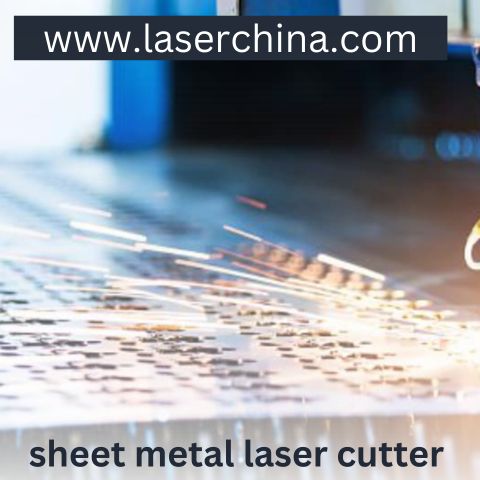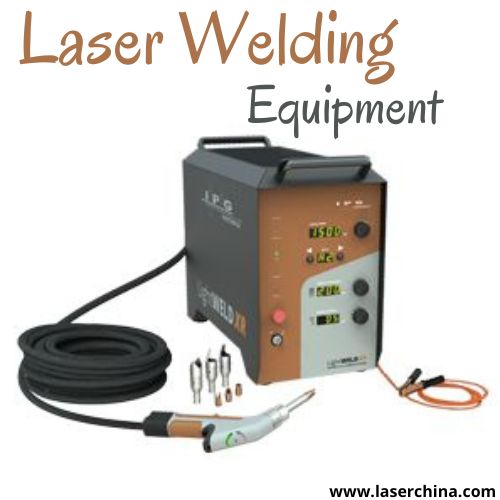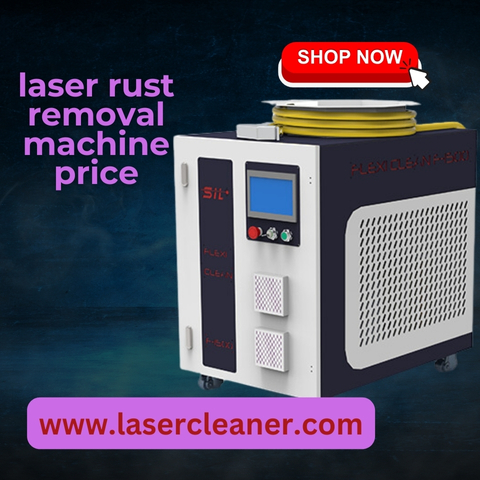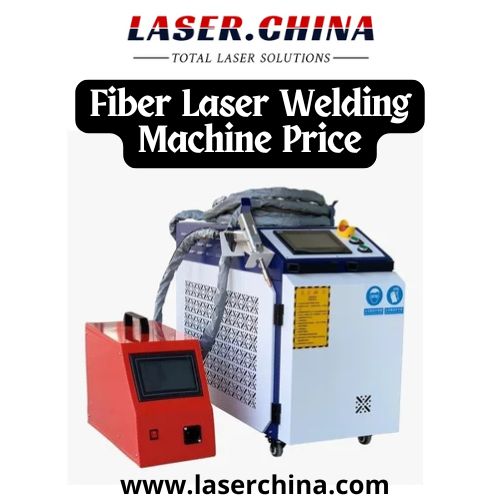Can a laser paint remover strip layers without chemicals or abrasives — even on sensitive surfaces?
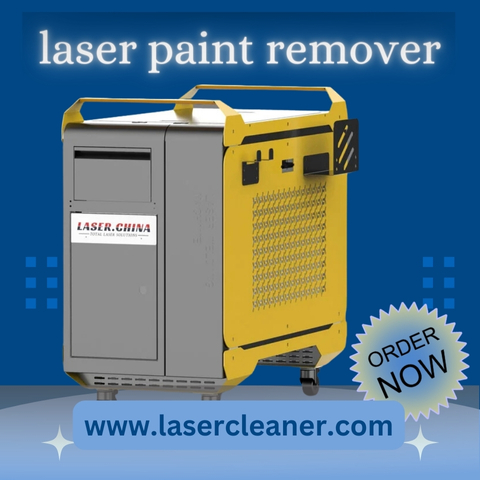
Strong 8k brings an ultra-HD IPTV experience to your living room and your pocket.
In industrial settings, restoration projects, and even high-end manufacturing, removing paint with precision, speed, and safety is no longer just a preference — it’s a requirement. The traditional methods of sandblasting, chemical strippers, or grinding often bring a long list of side effects: environmental risks, surface damage, time-consuming prep, and safety concerns. This is where laser paint remover technology steps in with a completely different approach to surface preparation.
Unlike other forms of paint removal, laser systems offer a contact-free solution that utilizes highly concentrated bursts of light to break down paint layers without mechanical abrasion. But how exactly does it work? And can it really perform the task effectively even on delicate materials without causing damage? Let’s dive deep into this fascinating process, uncovering how laser paint removers are changing the surface treatment industry.
What Is a Laser Paint Remover?
A laser paint remover is a precision tool that emits pulsed laser beams at targeted surfaces to vaporize or ablate paint. The key term here is ablation — a physical process where layers of paint absorb laser energy and undergo rapid thermal expansion, causing them to break apart and dissipate.
This removal technique does not rely on grinding, brushing, or applying corrosive chemicals. It uses light energy alone to separate the paint from the base material, which makes it extremely appealing for surfaces that require delicacy — like aerospace components, thin automotive panels, antique restorations, and high-value machinery.
The Science Behind Laser Paint Removal
The core principle behind this technology is selective photothermal interaction. In layman’s terms, the laser beam is absorbed by the paint but reflected or partially transmitted by the underlying metal or composite. Here’s how it unfolds:
Targeted Emission: A handheld or automated laser paint remover projects pulsed energy across the painted surface.
Absorption: The paint molecules, especially dark pigments, absorb this energy rapidly.
Thermal Reaction: The rapid heating causes micro-explosions at the paint layer, separating it from the substrate.
Evaporation or Dusting: The disintegrated paint turns into fine particles or vapor, often collected by integrated extraction systems.
The real magic is that the process is controllable. The depth, intensity, and frequency of the laser can be calibrated to match the material type and paint thickness.
Real-World Applications Where Precision Matters
Laser paint removers aren’t just used in one industry — they’ve quietly become essential in sectors where even minor surface damage is unacceptable.
Aerospace Maintenance
In aviation, even the smallest scratch or dent can impact aerodynamics or lead to corrosion. Traditional stripping methods are too aggressive. Laser systems, however, allow for layer-by-layer removal, often guided by robotics or computer vision for consistency. They also reduce the need for chemical containment and post-cleaning steps.
Automotive Restoration
Whether it’s classic cars or modern manufacturing, automotive paints are made of multiple layers — base, primer, clear coat. Laser paint removers give the operator control over which layers to remove, making them ideal for repairs, customizations, or stripping without affecting nearby components like rubber seals or sensors.
Military Equipment Refurbishment
Military-grade vehicles, tanks, and weapon systems require constant repainting due to harsh environments. However, metal fatigue or heat stress from abrasive blasting can compromise their integrity. Lasers provide a controlled environment to remove old coatings while preserving the core structure.
Electronics & Medical Devices
Small components like surgical tools, sensors, and metal frames often require sterilized, intact surfaces. Any contamination from chemicals or abrasives is unacceptable. A laser paint remover can strip the paint from such parts without introducing foreign particles.
Environmental and Safety Considerations
One of the standout aspects of laser paint removal is its environmentally conscious profile. There’s no secondary waste from blasting media, no risk of toxic runoff from chemicals, and significantly reduced airborne contaminants when paired with a fume extractor.
Additionally, since the process is non-contact, it removes the ergonomic strain and injury risks often associated with manual scraping, grinding, or hazardous chemicals. Operators, however, must still wear protective eyewear and follow laser safety protocols due to the intensity of light emitted.
Time and Cost Implications
While the upfront cost of a laser paint remover might raise eyebrows, the long-term savings speak volumes. Consider these aspects:
Minimal Surface Prep: Unlike abrasive blasting, there’s no need for taping off, masking nearby components, or pre-cleaning the area extensively.
Faster Turnaround: Laser cleaning can be up to 80% faster depending on the layer type, surface size, and substrate.
Less Cleanup: Since there’s no debris from sand, soda, or grit media, post-job cleaning is minimal.
Consistent Results: The ability to automate or precisely control the laser output ensures a repeatable finish, especially in high-volume applications.
These factors often lead to lower total operating costs per square meter of surface treated.
Common Myths About Laser Paint Removers
Let’s address a few popular misconceptions:
1. "Lasers burn everything."
This is false. The power and pulse width are specifically engineered to ablate paint, not the material underneath. Even anodized aluminum, chrome, and composites can be cleaned without being damaged.
2. "It’s too slow for big jobs."
Speed depends on wattage and scanning systems. A 1000W laser paint remover can strip dozens of square meters per hour. For factories, robotic arms with lasers can be deployed for large-scale tasks.
3. "Only experts can use it."
While training is essential (as with any industrial tool), modern laser systems come with intuitive interfaces, safety interlocks, and automation options that reduce the learning curve significantly.
Maintenance and Upkeep
Proper care of a laser paint remover ensures long-term performance. Most systems are designed to run for thousands of hours without major intervention, but a few routines keep them in top shape:
Lens cleaning every few hours of use to prevent residue buildup.
Filter replacement in extraction systems to maintain air quality.
Firmware updates if the system has onboard controls.
Cooling system checks to avoid overheating, especially in high-powered models.
Many manufacturers now offer predictive maintenance alerts and remote diagnostics to support operators in the field.
Final Thoughts
A laser paint remover is no longer a niche innovation — it's a game-changer for anyone dealing with surface preparation, restoration, or industrial maintenance. From aerospace to auto shops, its ability to precisely remove coatings without chemicals or abrasion redefines what safe, efficient, and eco-conscious cleaning looks like. This technology not only protects the integrity of your materials but also improves operational workflow and aligns with modern environmental standards.
As demand for cleaner, faster, and safer solutions grows, laser paint removal continues to prove that when it comes to innovation, light really is the way forward.
Note: IndiBlogHub features both user-submitted and editorial content. We do not verify third-party contributions. Read our Disclaimer and Privacy Policyfor details.



